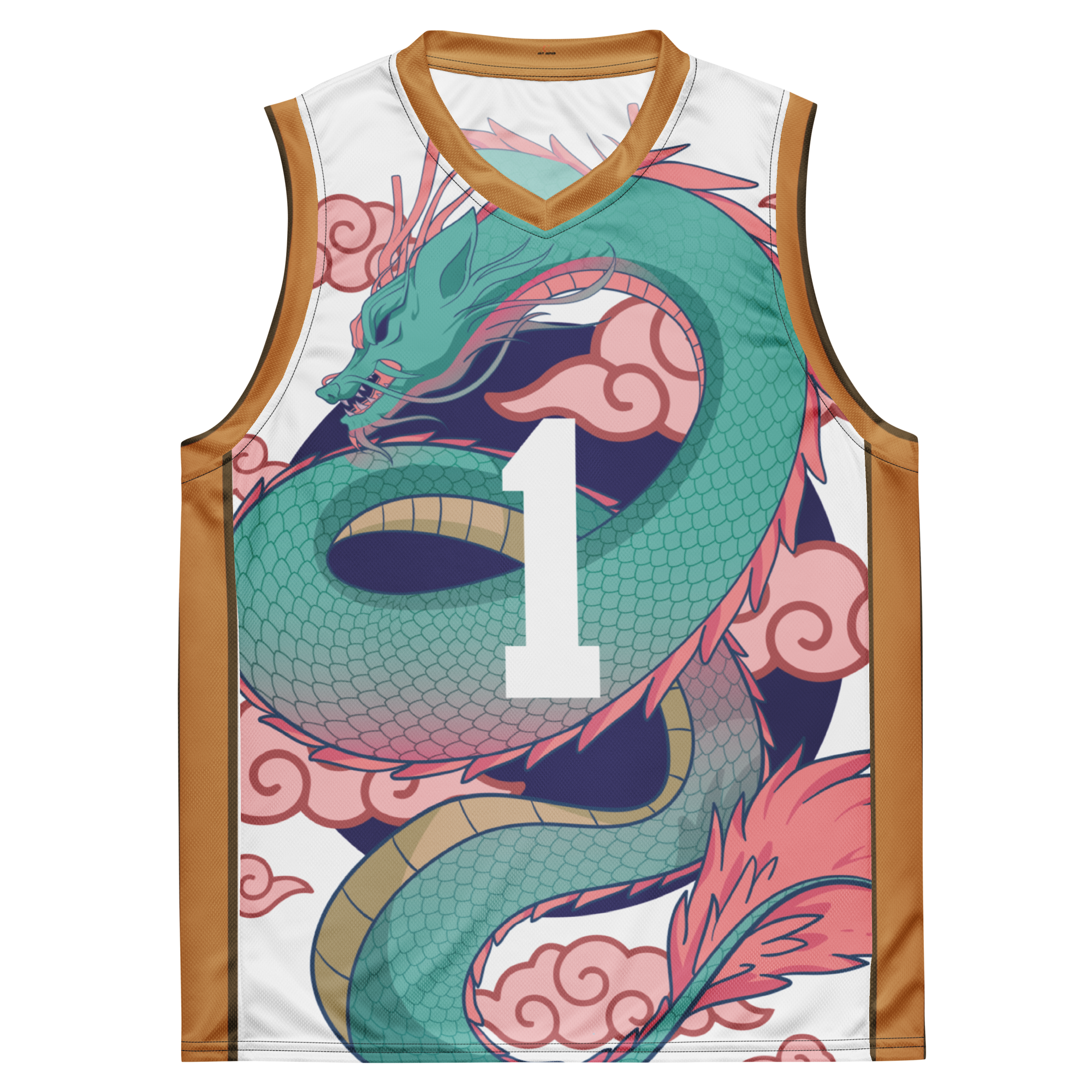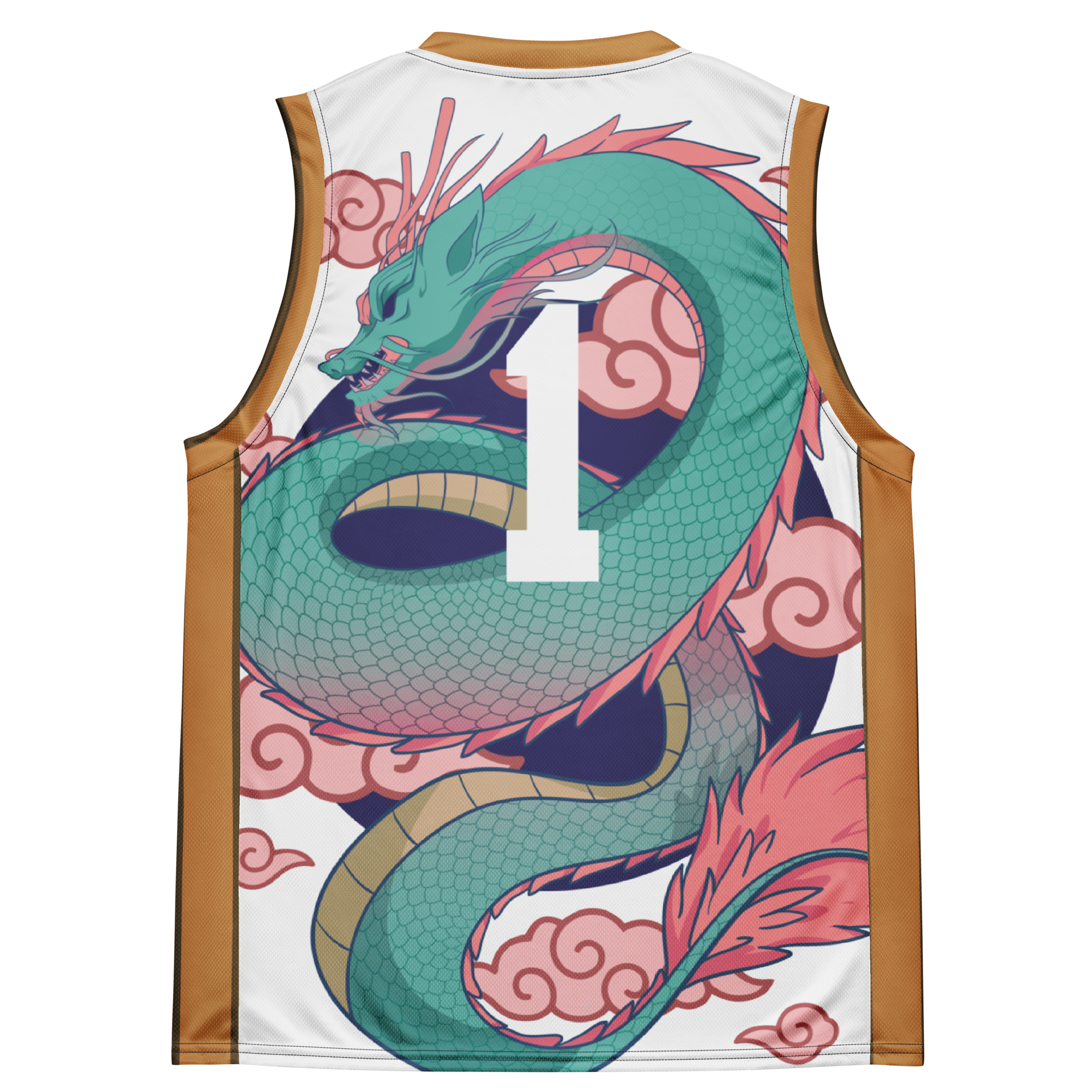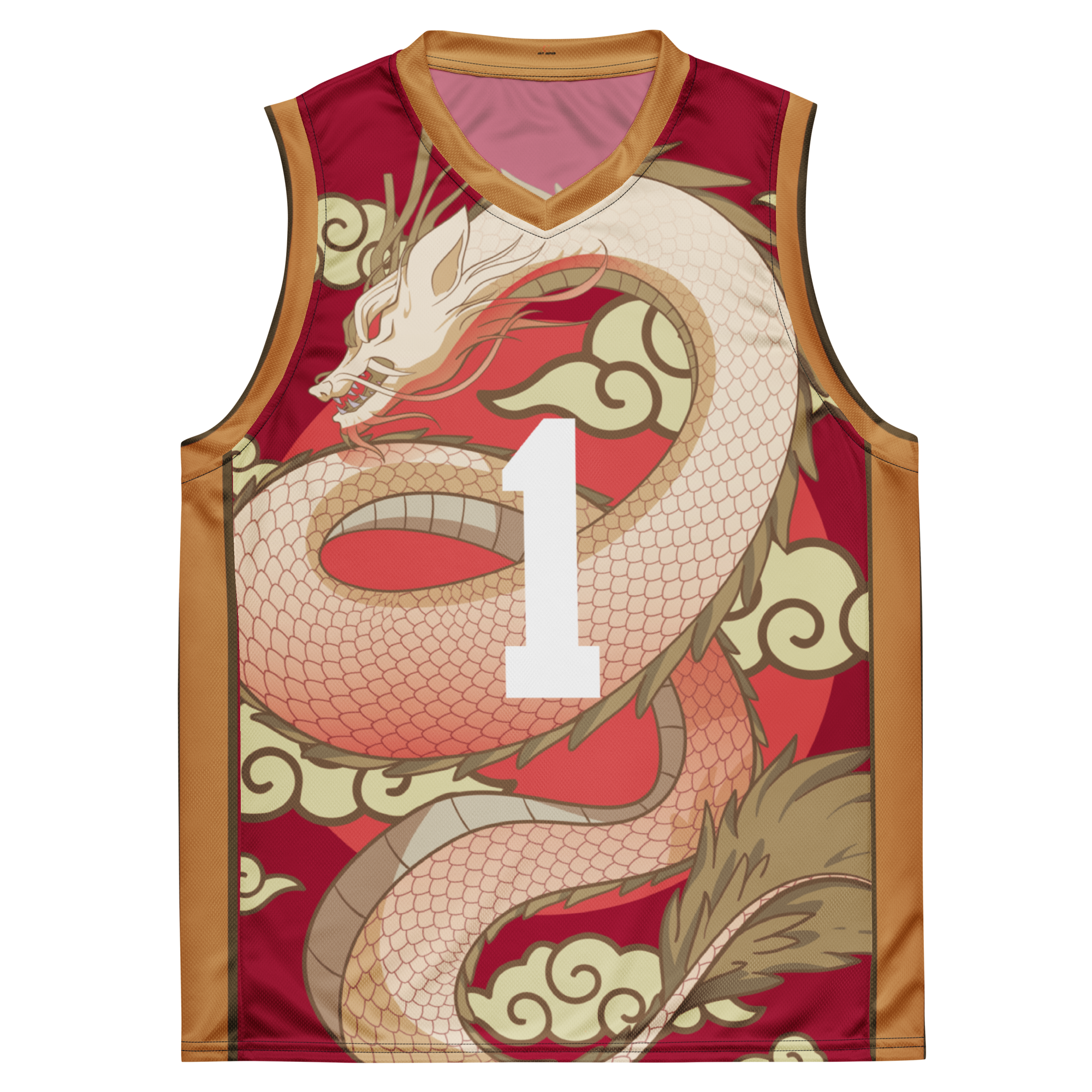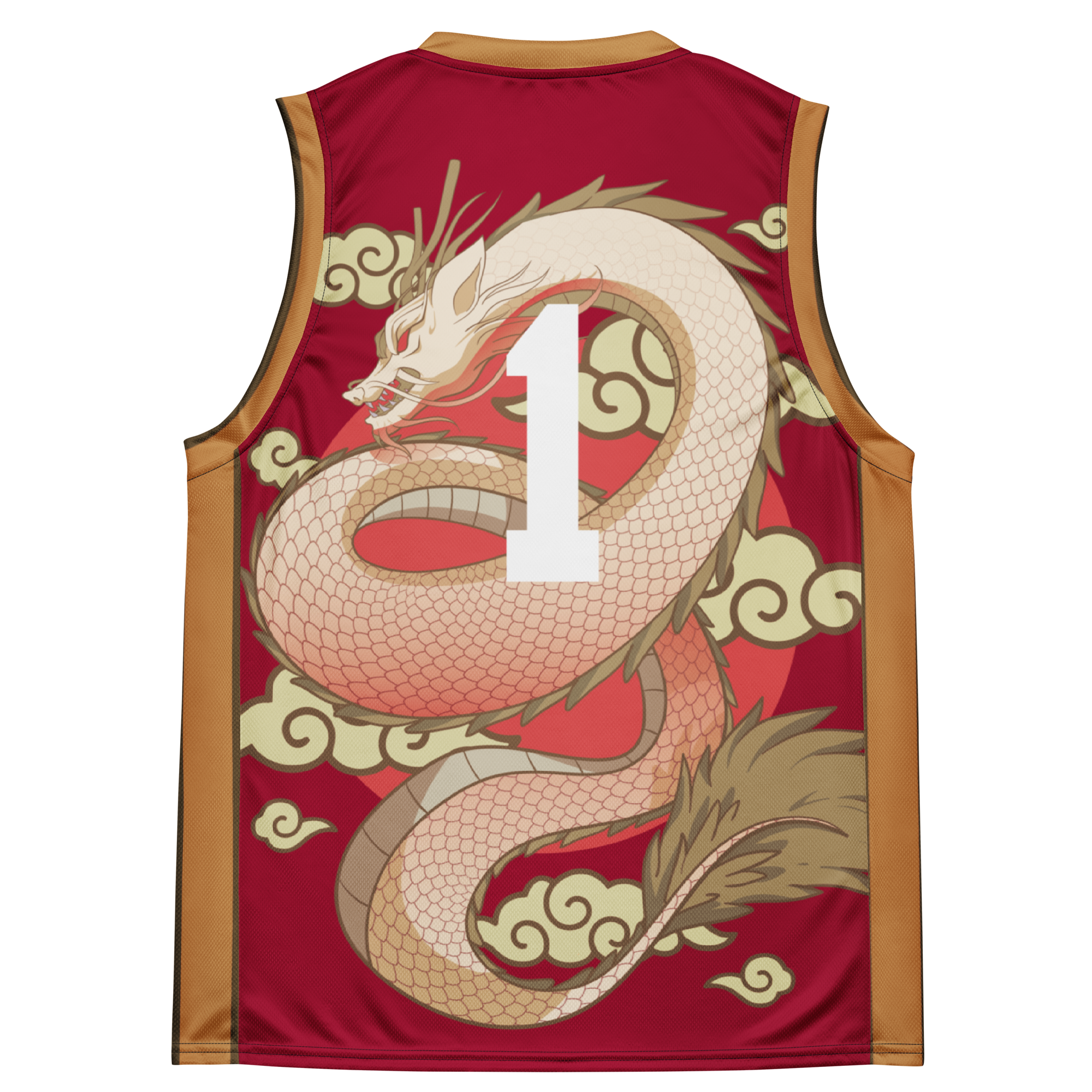7 Heartbreaking Anime Deaths That Left Fans in Tears

Anime pulls viewers into intricate narratives filled with vibrant, multifaceted characters. It's this meticulous storytelling and character development that fosters deep emotional bonds between the audience and the characters.
The ability to portray intimate moments and complex emotions helps viewers form strong attachments. This is further reinforced by the visual and auditory elements that create immersive experiences, making characters' joys, struggles, and heartbreaks feel visceral and personal.
When these beloved characters face untimely ends, it hits fans hard, eliciting profound emotional responses.
The Unique Way Anime Portrays Death and Its Aftermath
While many TV shows and movies portray death, anime often takes it a step further by focusing on the emotional and psychological aftermath. The medium doesn't shy away from showing the impact of loss on the remaining characters.
For instance, in Naruto: Shippuden, Jiraiya's death leaves Naruto devastated and more determined than ever, a transformation that viewers feel deeply. These narratives allow audiences to process their own feelings of loss and grief through the lens of the characters they love.
These stories become more than entertainment; they become cathartic experiences that offer comfort and understanding.
How Character Deaths in Anime Resonate Deeply with Fans
Anime character deaths can be particularly impactful due to the time investment viewers have in these series. Many anime run for dozens, if not hundreds, of episodes, giving fans plenty of time to grow attached.
Take Maes Hughes from Fullmetal Alchemist, whose untimely death shocked fans and had lasting repercussions within the series. His death wasn't just a plot device; it was a deeply personal loss that highlighted themes of injustice and sacrifice, resonating deeply with viewers who had come to love his character.
Fans not only feel sorrow but also a sense of shared experience and community as they process the loss together.
Anime as Emotional Catharsis
The deaths of characters in anime serve as a powerful means for audiences to explore and understand their own emotions. These moments of loss and the raw emotions portrayed on screen can mirror real-life experiences, providing viewers with a way to navigate their feelings.
According to a study, these emotional connections formed through anime characters can significantly contribute to the emotional and social well-being of individuals within the anime community [source].
It's through this shared emotional journey that anime solidifies its place in the hearts and minds of its fans, leaving an indelible mark long after the final episode airs. As we move forward, we will explore individual stories and the unique components that make these moments unforgettable for fans.
1. Jiraiya (Naruto: Shippuden)
Jiraiya's Role as a Mentor and Father Figure to Naruto
Jiraiya was much more than a mentor to Naruto; he was a father figure who profoundly influenced Naruto's journey. Known as one of the legendary Sannin, Jiraiya's contribution to Naruto's growth extended beyond teaching him powerful jutsu and fighting techniques.
He imparted vital life lessons that shaped Naruto's character. When Naruto's parents, Minato and Kushina, named Jiraiya his godfather, they hoped he would guide their son through life's challenges.
Their choice reflected Jiraiya's deep connection and responsibility towards Naruto, elevating his role from a mere teacher to a paternal figure (Hero Fandom).
The Shocking and Unexpected Nature of His Death
Jiraiya's death came as a blow to both Naruto and the audience. During his investigation into the mysterious leader of the Akatsuki, Pain, Jiraiya encountered an almost insurmountable enemy.
Despite being outnumbered and gravely injured, he fought valiantly to uncover the truth. In his final moments, Jiraiya managed to send crucial information about how to defeat Pain, writing a vital clue in a cipher based on his book series which read, "The real one's not among them" (Brainly).
This act epitomized his enduring dedication and sacrifice, making his death even more poignant.
The Lasting Impact on Both the Characters and the Audience
Jiraiya's death had a profound impact on Naruto, leaving a void that was both a source of despair and a catalyst for growth. Naruto's grief was palpable, nearly despondent until he found solace in his friends' support, particularly through Shikamaru's wise counsel and Iruka's comforting presence (Quora).
Strengthened by his mentor's sacrifice, Naruto resolved to carry on Jiraiya's legacy, learning sage mode to gain the strength needed to protect his village and loved ones.
For fans, Jiraiya's death marked a critical turning point in Naruto: Shippuden. It showcased the harsh realities of warfare and loss, further emphasizing the anime's themes of resilience and perseverance. The impact was so significant that many fans took breaks from the series to cope with the emotional weight of his passing (Quora).
Ultimately, Jiraiya's legacy lives on through Naruto, encapsulating his teachings and spirit of unwavering determination. His death, while tragic, served as an essential narrative element that spurred Naruto's evolution into a leader capable of inspiring and protecting his community, reflecting the enduring influence of one of anime's most beloved mentors (Screenrant).
2. Maes Hughes (Fullmetal Alchemist)
Hughes' Lovable Personality and Dedication to His Family
Maes Hughes is one of those characters who feels like an instant friend. His cheerful demeanor and love for his family make him incredibly endearing. He's always found bragging about his adorable daughter, Elicia, and doting on his wife, Gracia.
Hughes often lightens the mood with his humorous antics, which sometimes even annoy his colleagues. Despite his easy-going nature, he is a brilliant military man, devoted to his work and highly respected by peers like Roy Mustang and the Elric brothers [source].
His ability to balance his professional responsibilities with his love for his family showcases his multi-faceted character.
The Brutal and Unjust Circumstances of His Murder
Hughes' death in "Fullmetal Alchemist" is a turning point that leaves a mark on everyone. Just as he’s uncovering critical secrets that could upend the corrupt system, he falls prey to a brutal and unfair fate.
The Homunculus, Envy, disguises itself and murders Hughes in cold blood [source]. The injustice of Hughes’ murder shatters not just the characters within the series, but also fans who had grown emotionally attached to his lovable personality.
What makes it even more heartbreaking is that Hughes dies knowing he won't get another chance to hold his daughter or kiss his wife goodbye.
The Emotional Aftermath and Its Effect on Other Characters
Hughes' death sends shockwaves through the "Fullmetal Alchemist" universe. Roy Mustang, Hughes' closest friend, is devastated and consumed by a thirst for vengeance. This tragic event showcases Mustang's depth and vulnerability as he takes on the burden of investigating and avenging Hughes' murder [source].
Edward and Alphonse Elric, too, feel the weight of Hughes' loss heavily. His passing marks a dark, pivotal moment that propels the series into deeper explorations of moral and ethical dilemmas. Hughes' untimely demise serves not just as a narrative shock, but as a driver for character development and further plot revelations.
It solidifies his role as a crucial figure whose loss is felt deeply both by the characters within the anime and its viewers [source]. The emotional resonance of Hughes' story is a testament to "Fullmetal Alchemist's" powerful storytelling, making his death one of the most memorable and heart-wrenching moments in anime history.
3. Portgas D. Ace (One Piece)
A Complex Relationship with Luffy and the Quest for Acceptance
Portgas D. Ace, known for his fiery spirit and remarkable strength, shared a deep and intricate bond with his adopted brother, Monkey D. Luffy. Despite not being related by blood, their brotherhood was founded on mutual respect and shared dreams.
Ace, being the son of the infamous Pirate King Gol D. Roger, carried the heavy burden of his lineage, constantly seeking acceptance in a world that judged him for his father's actions.
This quest led him to join the Whitebeard Pirates, where he quickly rose through the ranks to become a division commander [source].
The Buildup to Ace's Death
Ace's journey took a tragic turn when he went after Blackbeard, a rogue member of the Whitebeard Pirates. His capture ignited the epic Marineford War, a desperate attempt by Luffy and their allies to save him from execution.
The buildup to this moment was intense, filled with hope, despair, and relentless action. Each episode brought fans closer to the edge of their seats as they watched the valiant efforts to rescue Ace fall agonizingly short [source].
The Failed Rescue Attempt
Despite their best efforts, the rescue attempt culminated in a heartbreaking failure. As Ace lay dying in his brother's arms, he thanked Luffy and everyone who loved him for the life he had[source].
This emotional scene underscored the brutal reality of war and the heavy consequences of their battles.
The Devastating Impact on Luffy and the Series
The death of Ace had a profound impact on Luffy. The loss sent him into a deep state of grief and self-doubt. Luffy's mental breakdown and subsequent rampage showcased the emotional toll his brother's death had on him [source].
This tragic event became a turning point for Luffy, pushing him to train rigorously under Silvers Rayleigh. He aimed to become stronger to protect those he loved, a journey that would shape much of the series' second half [source].
Ace's death also marked a significant tonal shift in "One Piece". It introduced a darker, more poignant narrative that highlighted the high stakes and harsh realities of the pirate world. The emotional weight of this event resonated deeply with fans, making Ace's demise one of the most memorable and heartbreaking moments in anime history [source].
The ripple effects of Ace's death continue to influence the storyline and character development within "One Piece", cementing his legacy as a heroic figure whose memory and ideals inspired many.
Next, we'll explore Kyojuro Rengoku from "Demon Slayer," a character who, much like Ace, left an indelible mark on fans with his heroic sacrifice.
4. Kyojuro Rengoku (Demon Slayer)
Rengoku's Inspiring Character and Role as the Flame Hashira
Kyojuro Rengoku, one of the most compelling characters in "Demon Slayer," serves as the Flame Hashira within the Demon Slayer Corps. His role is significant, embodied by his fiery disposition, unwavering dedication, and inspiring leadership.
Rengoku’s charisma is immediately captivating. He speaks confidently and radiates an aura of warmth and reassurance. His very presence embodies everything a Hashira, and particularly a Flame Hashira, should be: passionate, courageous, and selfless.
He connects deeply with both his fellow slayers and the audience due to his compelling personal story. Despite his father's harsh treatment and quitting the corps, Rengoku remained a steadfast and compassionate figure. This resilience made him more relatable and admirable to viewers.
His Heroic Sacrifice in the Mugen Train Arc
Rengoku's shining moment and ultimate sacrifice occur in the emotionally charged Mugen Train Arc. Tasked with protecting the train's passengers, Rengoku faces Upper Moon Three, Akaza.
This epic battle is breathtaking, showcasing his remarkable swordsmanship and tenacity. Even when gravely injured, Rengoku's will to protect others does not falter.
Refusing Akaza’s offer to become a demon, Rengoku stands firm in his principles until the very end. His battle extends beyond physical prowess; it is a testament to his moral strength and commitment to his duty.
His fight underscores the relentless threat posed by the demons and inspires Tanjiro and his companions to push their limits. This selfless act cements him as a paragon of the qualities every Demon Slayer aspires to embody.ScreenRant.
The Emotional Resonance with Fans Despite His Short Screen Time
Despite his limited screen time, Rengoku's impact on "Demon Slayer" and its fandom is profound. The Mugen Train arc dedicates substantial attention to his character, allowing the audience to form a deep emotional bond with him quickly.
His backstory is touching; his relationship with his family, particularly his younger brother, reveals a compassionate side that contrasts his fierce warrior persona. Creating a character as beloved as Rengoku in such a short span showcases the series' ability to craft multidimensional and emotionally compelling figures.
Fans mourned his loss deeply, many expressing how his death was one of the most heartbreaking moments in anime. Rengoku’s legacy lives on, motivating the protagonists and leaving an indelible mark on the series.CBR.
Rengoku's death highlighted the stakes of the battles the Demon Slayer Corps faces, and his legacy serves as a catalyst for growth and determination among the remaining characters.
It exemplified the high cost of their quest to eradicate demons and the unwavering spirit required to confront such darkness.Sportskeeda.
5. Setsuko (Grave of the Fireflies)
War's Cruelty Through the Eyes of an Innocent Child
Setsuko, the sweet and innocent sister of Seita in "Grave of the Fireflies," represents the tragic impacts of war on children. Amidst the devastation of post-WWII Japan, their story unfolds, showcasing the cost of conflict through the most vulnerable victims. The film poignantly illustrates how war strips away joy and childhood, replacing it with pain and loss Toronto Review.
Slow Decline and Heartbreaking Demise
As the film progresses, Setsuko's health deteriorates due to malnutrition. Despite Seita's best efforts, he struggles to provide for her. They experience fleeting moments of happiness, but their situation worsens.
The heart-wrenching scene where Setsuko succumbs to malnutrition after Seita desperately tries to feed her watermelon is one of the most emotional moments in anime history The Cinephile Fix.
This slow decline is a powerful narrative tool, painting a vivid picture of the real consequences of war on innocent lives. Setsuko's death is not portrayed violently but instead through the quiet, despairing reality of hunger and neglect, making it all the more impactful Ghibli Fandom.
The Anti-War Message
"Grave of the Fireflies" is often cited as an anti-war film. Through Setsuko's story, it conveys a strong anti-war message without showing any direct battles. It focuses on the aftermath and the helplessness that civilians, especially children, face during wartime.
The film’s depiction of the siblings' struggle underscores the profound and often overlooked human cost of war Common Sense Media. The fireflies in the film symbolize various aspects such as the children's spirits, the destructive fires of war, and the fleeting beauty of life.
These symbols enhance the narrative, making Setsuko's tragic end not just a tale of sorrow but a robust commentary on the need for peace and understanding Diggit Magazine.
Conclusion
Setsuko's tragic story in "Grave of the Fireflies" is a stark reminder of the innocent lives lost in the shadows of war. Her slow decline and ultimate death from malnutrition highlight the emotional and physical toll conflicts take on the youngest victims.
The film leaves an indelible mark on viewers, urging them to remember the human cost behind every war and to value peace and compassion above all else.
6. Itachi Uchiha (Naruto: Shippuden)
The Revelation of Itachi's True Motives and Sacrifice
When we first encountered Itachi Uchiha in Naruto: Shippuden, he was portrayed as a cold-blooded, heartless villain who brutally annihilated his entire clan. As the series progressed, however, viewers learned that Itachi's actions were driven by a deep, heart-wrenching sacrifice.
Itachi was asked to slaughter his clan to prevent a coup that would spark a devastating war, a mission entrusted to him by the village elders.
Despite the enormity of his sacrifice, he let his younger brother, Sasuke, live, indirectly nurturing Sasuke’s hate in hopes he would become strong and exact vengeance on him someday Source.
His Complex Relationship with Sasuke and Final Moments Together
The relationship between Itachi and Sasuke is one of the most compelling and tragic aspects of the series. Itachi's objective was to ensure Sasuke's safety and indirectly guide his growth, even if it meant coating himself in layers of villainy.
In their final battle, Itachi, mortally ill and weakened, pushed Sasuke to his limits. But at the moment of truth, instead of taking Sasuke’s eyes as rumored, Itachi gently poked his forehead—a gesture of brotherly affection that shed light on his true feelings.
As Itachi lay dying, he apologized to Sasuke and expressed his eternal love, leaving a profound, lasting impact on his brother Source.
The Tragedy of His Misunderstood Actions and Ultimate Redemption
Itachi’s story is one of profound sorrow and ultimate redemption. He lived as a rogue, was branded a traitor, and was misunderstood by almost everyone. Only through his death did truths come to light—that he had borne the weight of the world upon his shoulders to protect his village and his beloved brother.
This revelation brought clarity to his previously incomprehensible actions. Itachi's final redemption came through Sasuke, who, upon learning the truth, reevaluated his path and goals, understanding the monumental sacrifice his brother made Source.
The narrative of Itachi Uchiha in Naruto: Shippuden profoundly resonates with the viewers, portraying the depths of love, sacrifice, and redemption. While his early actions remain a heavy shadow cast over the narrative, his story ultimately shines as one of the most emotional and tragic tales in anime history.
7. Light Yagami (Death Note)
Light's Descent from Anti-Hero to Villain
Light Yagami starts his journey in "Death Note" as a promising and intelligent high school student. When he discovers the Death Note, a supernatural notebook that allows him to kill anyone by simply writing their name, Light's sense of justice takes a dark turn. Initially, he uses the notebook to eliminate criminals, believing he's performing a societal good.
But as he continues, his actions become increasingly ruthless, morphing him from an anti-hero to a full-fledged villain. Light's moral compass severely twists, as he becomes enthralled by the power and envisions himself as a god reigning over a new world order (Pure Evil Villains Wiki).
The Shocking and Pitiful Nature of His Final Moments
The climax of Light's story is both shocking and deeply pitiful. In the final showdown, once his identity as Kira gets exposed, Light’s facade crumbles. Ryuk, the Shinigami who originally provided him with the Death Note, writes Light's name in his own notebook—not out of loyalty, but out of boredom and a promise that he’d eventually do so. As Light realizes his impending death, he abandons all his previous god-like demeanor.
He pleads for his life, begging for mercy—a stark contrast to how he had unflinchingly dispatched his victims. This pitiful plea reminds viewers of his humanity, albeit deeply corrupted.
The anime portrays these moments with a dramatic escape sequence, while the manga opts for a rawer depiction of Light’s terror and regret, showcasing him at his most desperate and vulnerable (Screenrant).
The Moral Complexity Surrounding His Death and Legacy
Light Yagami’s story is not just about power, but about the ethical dilemmas that accompany it. His journey raises questions about absolute power, justice, and morality.
When Light first starts using the Death Note, he appears to be driven by a noble cause—to rid the world of crime. However, his methods and unchecked power lead him down a path of tyranny and significant collateral damage. Light’s death serves as a cautionary tale about the corrupting nature of power and the importance of ethical principles. It forces viewers to grapple with complex moral questions: Is it ever justifiable to kill for a greater good?
Can anyone be trusted with absolute power? These themes remain controversial and are a key part of what makes Light’s legacy so memorable (Papersowl). By exploring the descent of Light Yagami, "Death Note" effectively challenges its audience to reflect on their own notions of justice and morality, making his story one of the most impactful in anime history.
This chapter's exploration of Light adds another layer to the emotional tapestry of anime characters’ deaths, complementing the heartbreaking tales discussed in previous sections.
Conclusion
Anime's unparalleled capacity to elicit deep emotional responses is intricately tied to its portrayal of character deaths. Each death is not merely an event but a pivotal narrative device that enriches the storytelling.
For instance, Jiraiya's death in "Naruto: Shippuden" serves as a catalyst for Naruto's growth, propelling him to seek revenge yet ultimately understand the true essence of his mentor's teachings. Portgas D. Ace's demise in "One Piece" reshapes the tone of the entire series, laying bare the harsh realities of the pirate world that Luffy dreams to conquer.
Challenging Emotional and Moral Perspectives
Character deaths in anime are often crafted to challenge viewers' emotions and moral compasses. Consider Light Yagami's demise in "Death Note." His transformation from a bright student to a power-hungry manipulator offers a fascinating moral quandary: can the end justify the means?
Light's death is a sobering reminder of the consequences of unchecked ambition and the corrupting allure of absolute power. Similarly, Itachi Uchiha's death reveals his true motives and sacrificial resolve, presenting a complex narrative that blurs the lines between villainy and heroism. His end makes us question the true meaning of sacrifice and loyalty.
The Enduring Impact on the Anime Community
The emotional resonance of these character deaths persists long after the final episode airs. Fans continue to discuss and analyze these moments, creating an enduring legacy that enriches the anime community. Kyojuro Rengoku's sacrifice in "Demon Slayer" remains a topic of poignant reflection, inspiring numerous fan arts, discussions, and tribute videos.
This collective mourning and celebration of characters underscore anime's impact beyond mere entertainment; it unites audiences in shared emotional experiences.
Resonating Themes and Cultural Reflections
Character deaths also serve as reflections of broader cultural and historical themes. Setsuko's tragic fate in "Grave of the Fireflies" offers a poignant commentary on the devastating human cost of war. Through her story, viewers gain a nuanced understanding of the vulnerabilities of innocent lives in conflict.
This narrative transcends the medium, advocating for compassionate awareness and anti-war sentiments. In conclusion, the portrayal of character deaths in anime is a masterstroke of storytelling that nurtures emotional growth, moral introspection, and community bonding.
As we reflect on these heartbreaking moments, we recognize the power of anime to mirror the complexities of life and human emotions, leaving a lasting impression on our hearts and minds. Sources:




























Dejar un comentario